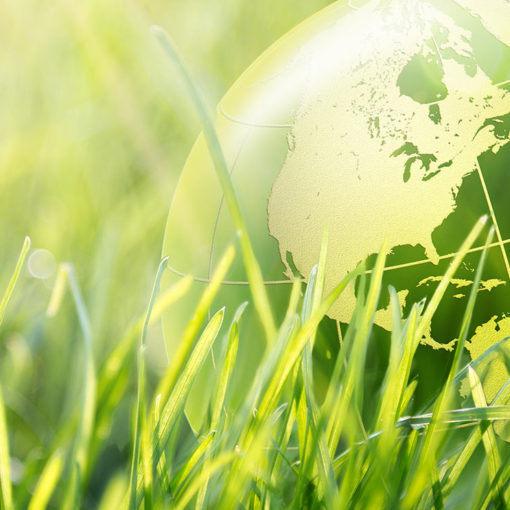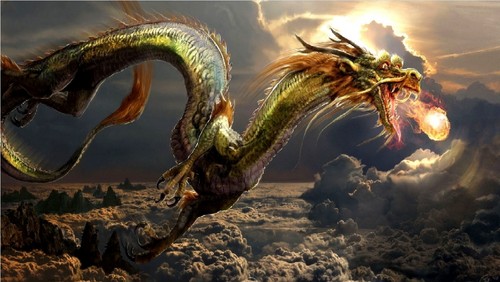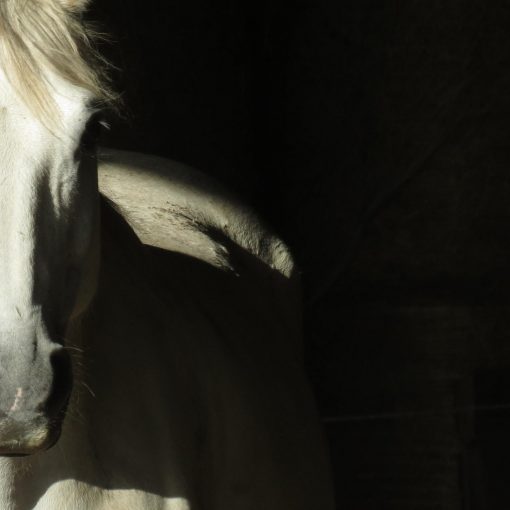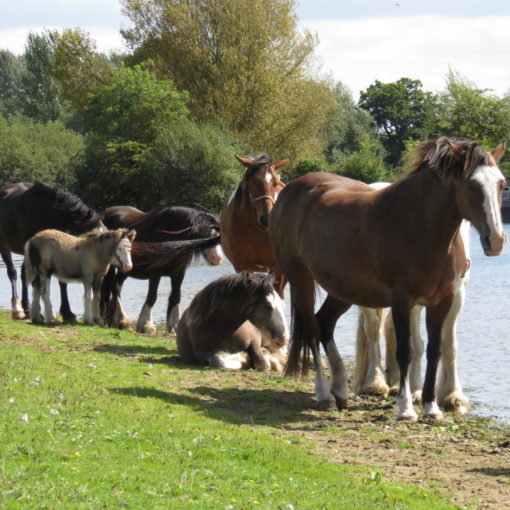I guess we are all seeking the authentic. But would we know it if we found it?
Those of us who deliver Equine Assisted or Facilitated work often talk about the horse seeing us as our authentic selves. Not the titles or positions, not our qualifications or religions, not our fashion or our trappings of life.
So what is authentic? This has been my musing of the week. Chief executive has no meaning to a horse, but then neither does corporate structure or share-holder returns. And what of MBAs or our Doctorates? They would certainly not be too concerned about an address in the right post-code (ZIP for my North American friends), unless it had good grazing I guess!
Authenticity then is certainly not about achievement or acquisition.
So what are they seeing?
DEFINING AUTHENTIC
The online Cambridge dictionary defines it as “being what it is claimed to be, genuine”.
I suppose this works well for your CEO, you either are a CEO or not. But this clearly does not reach to the heart of the problem. You might be a CEO, but are you in practice a leader? Suddenly the measure is different.
When we play with the measure the truth or genuineness versus claim might shift. I might well live in the right address, but inhabit the least desirable property - something that missed 30 years of gentrification. Or I might claim to be an animal lover, but behave in such a way that more sensitive observers would find inappropriate. If you know horses, the training world of Natural Horsemanship, is an example. To some it is an oxymoron, to some it is the foundation of a meaningful relationship. Where is the authentic here?
In the corporate world they have made some better steps toward seeking the authentic. An interesting definition of leaders that exhibit Authentic Leadership is outlined in Forbes Magazine – Kevin Kruse (2013) … “[they] are self-actualized individuals who are aware of their strengths, their limitations and their emotions.”
This is a foundation of (self-)awareness. And this shines a spotlight into what I like to consider the heart of authenticity and authentic behaviour as “owned”. As in, I own how I am, and I recognise and take ownership of my behaviour.
PEELING BACK THE LAYERS
This still does not tell us what it is, nor does it well us what the horses’ see.
I was interested in the observations of author Matt Valentine in Zen for everyday life that much of our behaviour is inauthentic and framed by two key influencers, being “Fear of what others think” and “Conditioning”. His assertion that these social constraints massively over-rule our authentic selves. That too many decisions made are made in those contexts and as such at an individual level cease to be authentic.
How many aspiring artists become lawyers or medics because that is the direction their families choose for them and they do not wish to upset? How many decisions to we make that align to our group or herd?
His argument posits that all of these social adapted decisions compromise individual authenticity. In context authenticity well hidden under many layers of the onion skin.
But this still does not answer the question of what the horses see. However, it does offer some insight into the process, they see something beyond what is presented. So let’s keep going.
ILLUSIONS
Let’s dip into the world of science for a second.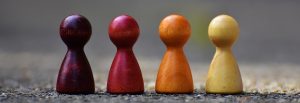
Neuroscientist Tor Norretranders in his book “The User Illusion” (1991) defines our perceived version of the world as an illusion formulated within our brains. And it’s shaping subject to the uniqueness of each mind. Bruce Hood goes further and writes in his 2012 book about “The Self Illusion”, it’s sub-title being, there is no “you” inside your head.
There is an illusion formulated by experience, interactions and feedback. A malable illusion that might change as our situation changes.
Dan Gilbert talks about the temporary nature of our vision of self, how we shift and reshape with time, but incorrectly consider ourselves complete and fully formed in any given stage of our lives. At any given "now". At best, his idea of self, is a transitory one.
Individual experience arises as information is processed and shaped on its journey around each person’s unique mental map of neural pathways. Those pathways are crafted, shaped and strengthened from a life-time of interaction and feedback. The more they are used, the stronger they become, the easier to engage. The less used fade away, use it or lose it is axiomatic in the world of neurology.
OR DELUSION?
Buddhism refers more to the influence of delusion on our being – our behaviours and experiences being a function of our misunderstanding of the true nature of the self. These delusions give rise to unhelpful approaches to life which create suffering and discomfort in ourselves and dysfunction in our interactions with others.
When it happens in our heads, we all have a strong tendency to believe it. Our brain is a truth-seeking machine. It literally rewards us for proving it correct, so it is always seeking confirmation of its world view.
If our worlds really are so much illusion based how do we ever find authenticity?
IT’S HOW YOU ARE
So where does this take us? And how does this help us understand the Equine Facilitated Learning challenge?
I suggest the answer lies in the “how” of how we are.
Interestingly, Neuroscience and Buddhism have many common themes, there is one that is really important one here. What I call approach and retreat. In essence, this means that our brains see everything at a deep level as threat or reward, we are drawn to move towards the latter and away from the former. The Buddhists talk of craving and aversion, but in essence the manifestations are the same, towards or away from.
We are drawn to the authentic, and often repelled by the inauthentic.
We are drawn towards that which is congruent – towards those where alignment is visible between word and deed, emotion and behaviour. There is a perception of safety in congruence – the “know where you stand with them” idea.
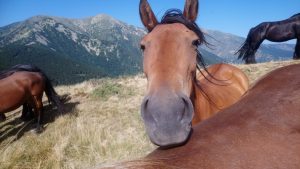 And so are the horses.
And so are the horses.
Conversely, incongruence is a stressor. As social animals we innately aware of incongruence, we see role-play for what it is, an inconsistency, a sham. Horses see that too. And given a choice will move away from the situation or individual.
So what can we learn from them when seeking the authentic?
SEEKING THE AUTHENTIC - IT'S A DANCE!
For me it is a dance. A constant shifting of approach and retreat, a smile of frown, a relaxing or tightening of muscles. Reading this dance is the common language of the social animal. Like us horses read this dance. They are just less encumbered by the “decency” of protocol or hierarchy, they see it like it is. And they express.
Their expression in whatever form is an observation of whatever they are presented with. Theirs is an authentic response to that which stands before them. That response creates an awareness.
It is in that awareness that the seeds of authenticity can be found. And it is from there that they can be nurtured and developed. It is all about feedback. It is about recognising the illusions and delusions at play and intervening. Challenging them and modifying them as needed.
The dance of the authentic is a dance which shapes and delivers the best and most appropriate version of ourselves in the circumstance.
Heading picture credit: Athena Herd CIC

